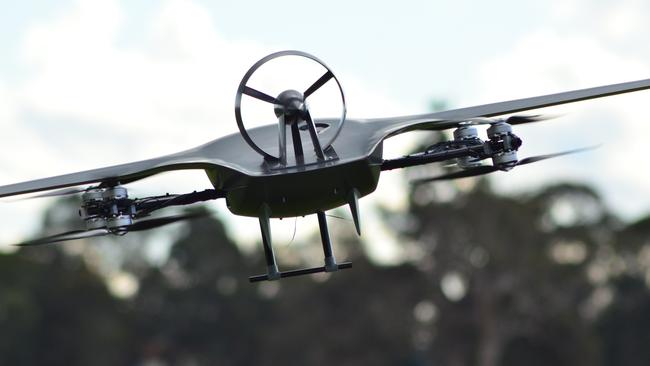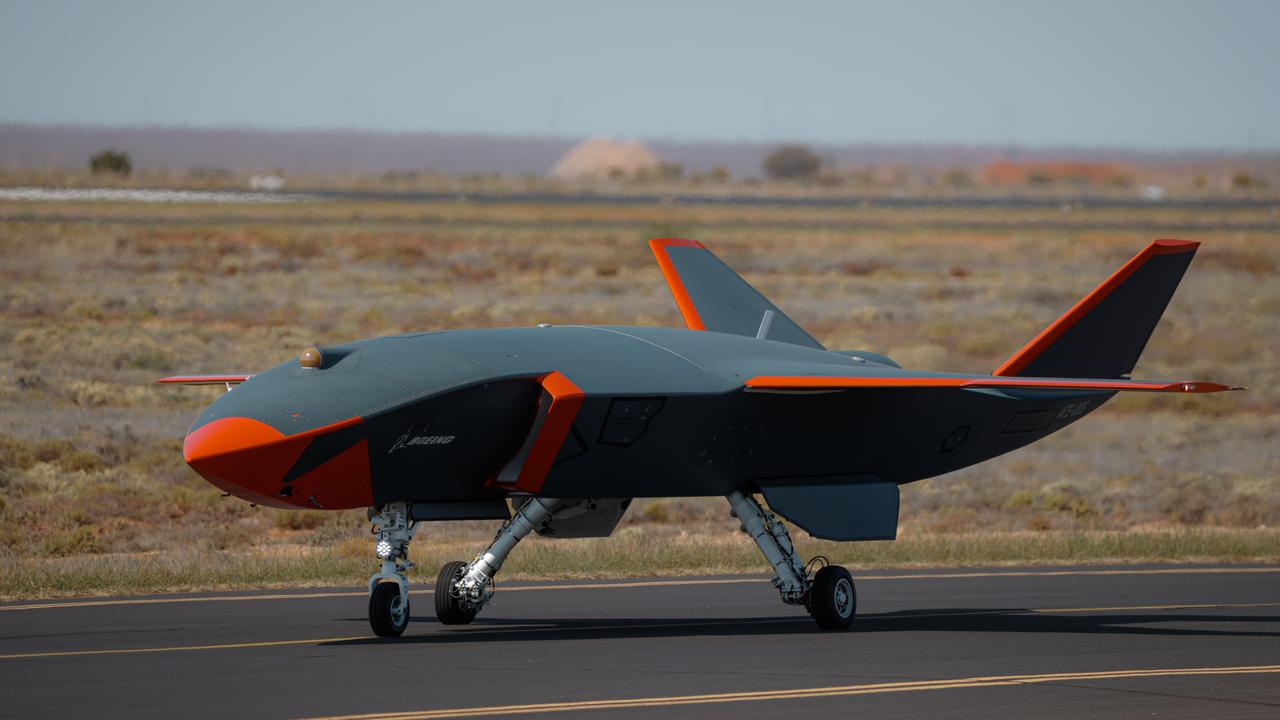Innovaero sets sights on $1.6bn drone project
WA-based aerospace engineering company Innovaero is eyeing a new opportunity for the Australian navy’s forthcoming $1.6bn drone project, SEA 129 Phase 5.

You don’t need a huge workforce to create desirable, hi-tech products. Kardinya, WA-based aerospace engineering company Innovaero, established in 2011, employs less than 40 people. But half of these are professional design, propulsion and airworthiness certification engineers who designed and built the award-winning BigEye aerial camera system for ASX-listed Spookfish that generated $30m in direct payments and royalties in just two years.
The company is eyeing a new opportunity and has invested more than $5m in self-funded R&D over three years developing the Fox Maritime Unmanned Air System (MUAS) for the navy’s forthcoming $1.6bn drone project, SEA 129 Phase 5, says chief executive Simon Grosser.
The navy is looking for an intelligence, surveillance and reconnaissance (ISR) drone for its frigates and patrol boats that combines the versatility and payload capability of a helicopter with the range, speed and economy of a fixed-wing aircraft. Defence short-listed in March five prime contractors who will deliver the MUAS and sustain it through five-yearly refreshes of the fast-moving MUAS technology.
Last month a 40 per cent scale model of the Fox MUAS successfully completed its latest round of test flights paving the way for the maiden flight of the full-scale, 8m-wingspan MUAS design by the end of this year.
Among a field of contenders from proven UAS manufacturers, the Fox has been designed specifically to meet the navy’s requirements, Grosser told The Australian. It is also one of the few designed and built in Australia and so represents a sovereign capability.
The Fox features swept, high-aspect ratio wings for speed and economy, a blended wing-body similar to future airliner designs tested recently by Airbus and Boeing, and four retractable, battery-powered lift fans to provide vertical lift. The fans retract into the fuselage for aerodynamic efficiency while the Fox’s twin rotary heavy fuel engines provide a cruising speed of around 70kT with redundancy for long overwater flights.
Depending on the mission profile, Grosser says, it has an endurance of 11 hours, a maximum weight of 180kg and a versatile payload bay to carry up to 40kg of communications equipment and sensors. Importantly, it generates 6kW of electrical power, more than its rivals, meaning it can power future sensor and communications payloads and also recharge its takeoff and landing batteries in-flight.
Despite not having a firm partner when Defence announced its shortlist for the forthcoming tender process, Fox remains of great interest to both the navy and the short-listed contenders, Grosser told The Australian, but declined to discuss potential future partnering arrangements.
Because Fox is the first new UAV of its type designed entirely in Australia, the civil aerospace regulator, CASA, is having to develop its own processes for certifying its safety.
The company has a team of airworthiness engineers working with CASA to get this right, Grosser says. Innovaero will launch the Fox formally in both conventional and vertical takeoff and landing (CTOL and VTOL) versions at this year’s Avalon Air Show in November/December.


